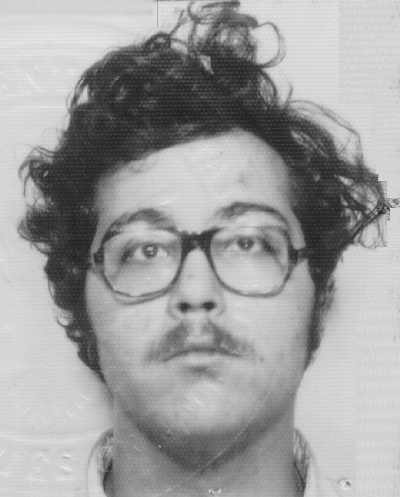Over at Scientific American they are perplexed as to why the Cochrane Library published such a flawed and deceptive study on masks. (Previous posts here)
They asked, "What Went Wrong with a Highly Publicized COVID Mask Analysis?"
The article goes into some detail as to how the basic model of Cochrane, taking multiple randomized controlled trials (RCTs) and using statistics to tease out the bigger picture, is easily contaminated by junk data, but the truth is simpler.
The authors were malicious, and had a long record of dishonesty, and the Cochrane published anyway, because they have no interest in ferreting out this sort of fraud.
They handed the car keys to rabid badgers, and they are surprised at the wreck.
They state in the article, and this is almost always stated in articles about this debacle, that RCTs are the, "Gold standard of scientific research."
They would like to believe this, but it simply is not true. (Just look at all the junk science put out through RCTs by big pharma to get new drugs released).
 Real world experiments, things like wars, changes in marital property laws, the actual effects of the minimum wage, education, etc.
Real world experiments, things like wars, changes in marital property laws, the actual effects of the minimum wage, education, etc.
As Richard Feynman said during the investigation of the loss of the Challenger, "For a successful technology, reality must take precedence over public relations, for Nature cannot be fooled."
Where this is possible, this is almost always better than an RCT because the real world does not care about who is funding your damn research.
Even better than that is to understand the phenomenon, so if one looks at the effectiveness of parachutes
Analysis of things like sanitation, masks, and the effectiveness of parachutes,*, and pretty much everything that is made today, where the phenomenon are understood and can be analyzed and better studied, is better still.
That's why, for example, why we have building codes based on analysis, and not double-blind studies.
*That being said, the parody article published by the BMJ on a parachute RCT is an absolute hoot. The planes were on the ground when the test was conducted.







